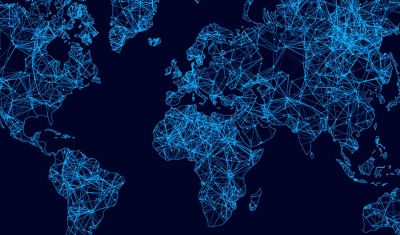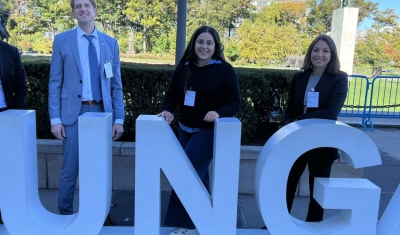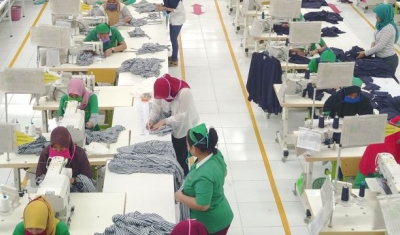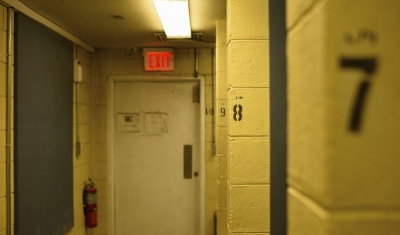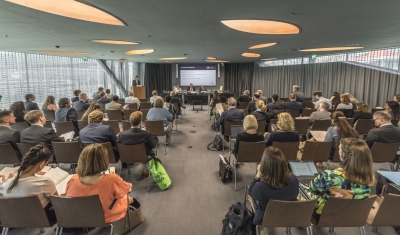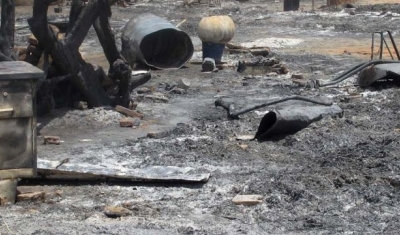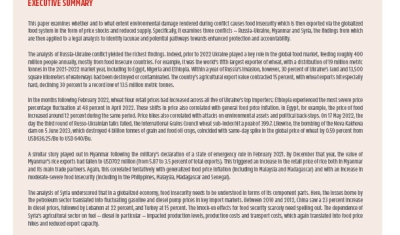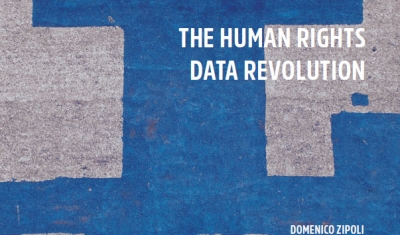Mali: Several Non-International Armed Conflicts with Various Insurgent Groups

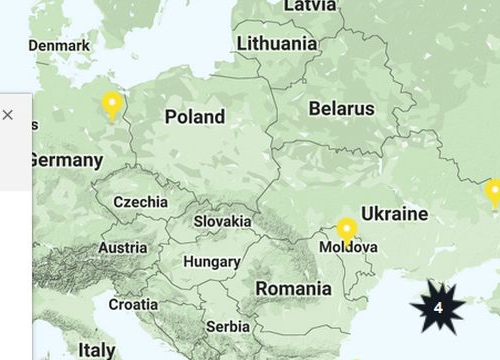
Geneva Academy
31 January 2019
Since 2012, the Government of Mali has engaged in multiple and overlapping non-international armed conflicts (NIACs) against various insurgent groups, most notably Jama’at Nusrat al-Islam wal-Muslimin (JNIM), the Plateforme, and the Coordination of Azawad Movements (CMA).
France and the United Nations Multidimensional Integrated Stabilization Mission in Mali (MINUSMA) support the Government of Mali in its efforts to restore state control over areas in the hands of non-state armed groups and are parties to these NIACs.
Our Rule of Law in Armed Conflict (RULAC) online portal provides a detailed analysis and legal classification of the various NIACs that are taking place in Mali, including information about parties to these conflicts.
Criteria to Classify Situations of Armed Violence as Armed Conflicts
‘We use two criteria to assess whether a situation of armed violence amounts to a NIAC under international humanitarian law: the level of armed violence must reach a certain degree of intensity that goes beyond internal disturbances and tensions, and at least one side to the conflict must be a non-state armed group that exhibits a certain level of organization’ explains Dr Chiara Redaelli, Research Fellow at the Geneva Academy.
‘In the case of Mali, we considered that both criteria are met for the armed violence involving the Government of Mali on the one hand and JNIM, the Plateforme, and the CMA on the other’ she adds.
A NIAC with Jama’at Nusrat al-Islam wal-Muslimin (JNIM)
In recent years, the intensity of violence between Malian armed forces and JNIM has been significantly high. Since JNIM’s emergence in March 2017 as a coalition of different armed groups previously active in Mali, notably Ansar Dine, al-Mourabitoun and al-Qaeda in the Islamic Maghreb (AQIM), the group has carried out numerous violent attacks against Malian soldiers. These have increased significantly in 2018.
‘Accordingly, we concluded that the intensity of violence threshold is met to classify the situation as a NIAC’ underlines Dr Redaelli.
As of September 2018, JNIM members are estimated to have between 1,000 and 2,000 fighters. While scant information is available on the group’s internal structure, other factors suggest that the non-state actor meets the minimum organization criterion.

NIACs with the Plateforme and the Coordination of Azawad Movements (CMA) Despite the June 2015 Peace Agreement
Between 2014 and 2015, two coalitions of armed groups emerged: The Plateforme and the CMA.
The CMA is an umbrella organization that was created in 2014 and that encompasses a number of armed groups that rebelled in 2012, including the National Movement for the Liberation of Azawad (MNLA), the High Council for the Unity of Azawad (HCUA) and the Coalition of the People of Azawad (CPA). Its objective is to obtain self-determination for the northern regions of Mali and the broader Azawad.
The Platforme was founded in June 2014 as a reaction to the creation of the CMA. It is composed of a number of armed groups who were military active in Mali since 2012, such as the Imghad Touareg and Allied Self-Defense Group (GATIA), the Coalition of the People of Azawad (CPA), the Coalition of Movements and Patriotic Resistance Front (CM-FPR) and the Popular Movement for the Salvation of Azawad (MPSA).
In 2015, the two groups engaged in peace talks with the government, which led to the conclusion of a peace agreement on 20 June 2015. Nevertheless, armed confrontations did not cease and significant violations of the ceasefire took place in 2017. Furthermore, as of today, both coalitions still control considerable parts of the territory in the northern part of Mali.
‘The existence of a ceasefire agreement does not in itself put an end to a NIAC: violence frequently continues after the conclusion of such agreements and a NIAC only ends in the case of a lasting cessation of armed confrontations without real risk of resumption’ explains Dr Redaelli.
‘This is not the case in Mali. The 2015 peace agreement did not lead to such a lasting cessation and armed clashes have continued on a regular basis. As such, the level of violence and degree of organization of both coalitions continue to meet the criteria to classify these situations as NIACs’ she adds.
The Involvement of France and MINUSMA
Since July 2013, MINUSMA has been active in Mali, supporting the government to restore state control over areas in the hands of armed groups and implement the 2015 peace agreement.
France has been providing ongoing military support to the Malian armed forces in their fight against rebel groups since 2013. MINUSMA’s mandate also authorizes French forces to intervene in support of MINUSMA when the mission is under imminent and serious threat, and upon the request of the Secretary-General.
‘In light of the involvement of MINUSMA and France in the conflict and the number and nature of armed confrontations between them and the rebels, we concluded that MINUSMA and France are parties to the conflict’ underlines Dr Redaelli.
‘As this United Nations mission and France are intervening with the consent of the Mali government, these involvements do not affect the classification of the conflicts, which remain non-international in character’ she adds.
On the other hand, RULAC concludes that the Joint Force of the G5 Sahel (FC-G5S), is not a party to the NIACs in Mali. FC-G5S was founded in March 2017 by G5 Sahel countries (Burkina Faso, Chad, Mali, Mauritania and Niger), with the support of France and with the aim of countering terrorism and tackling organized crime in the Sahel.
‘We draw this conclusion on the basis of the low intensity and number of armed confrontations between the FC-G5S and the non-state actors active in Mali’ underlines Dr Readelli

About RULAC
The RULAC database is unique in the world in that it legally classifies situations of armed violence that amount to an armed conflict – international or non-international – under international humanitarian law (IHL).
‘This is crucial because IHL applies only in armed conflicts. Before humanitarian players, civil servants or academics can invoke IHL or analyze whether IHL was violated, they must know whether it applies. Outside armed conflicts, only international human rights law applies’ underlines Marco Sassòli, Director of the Geneva Academy.






